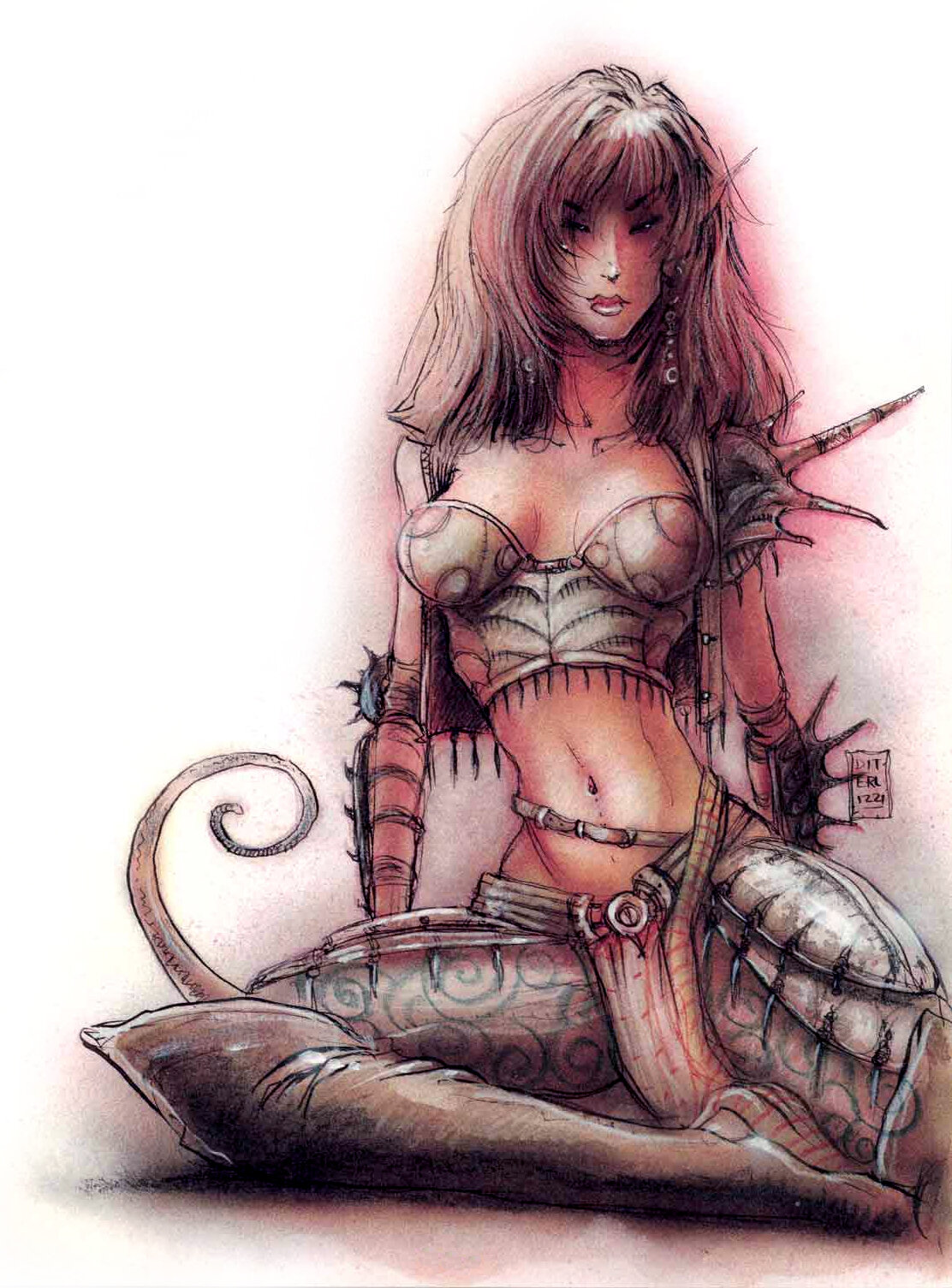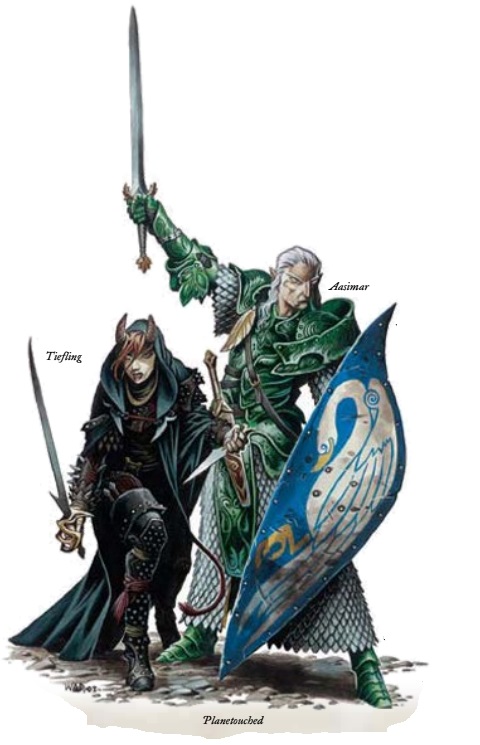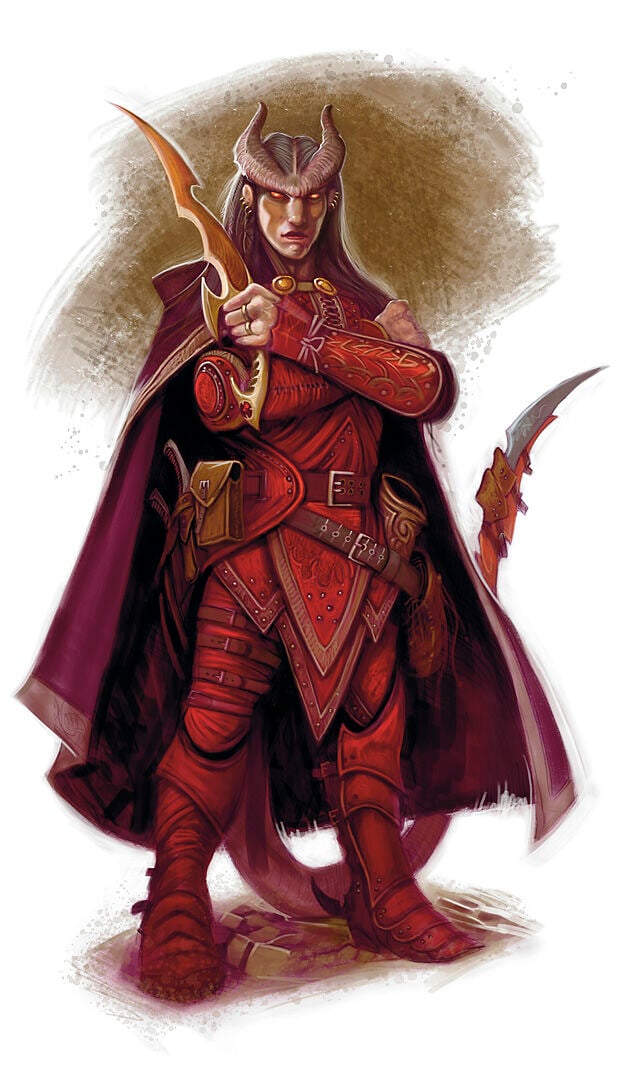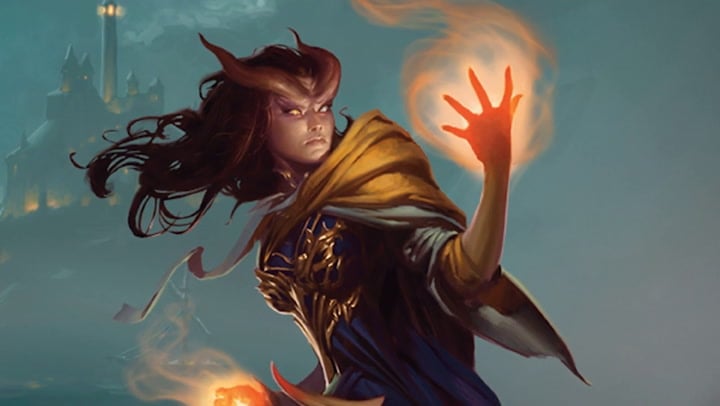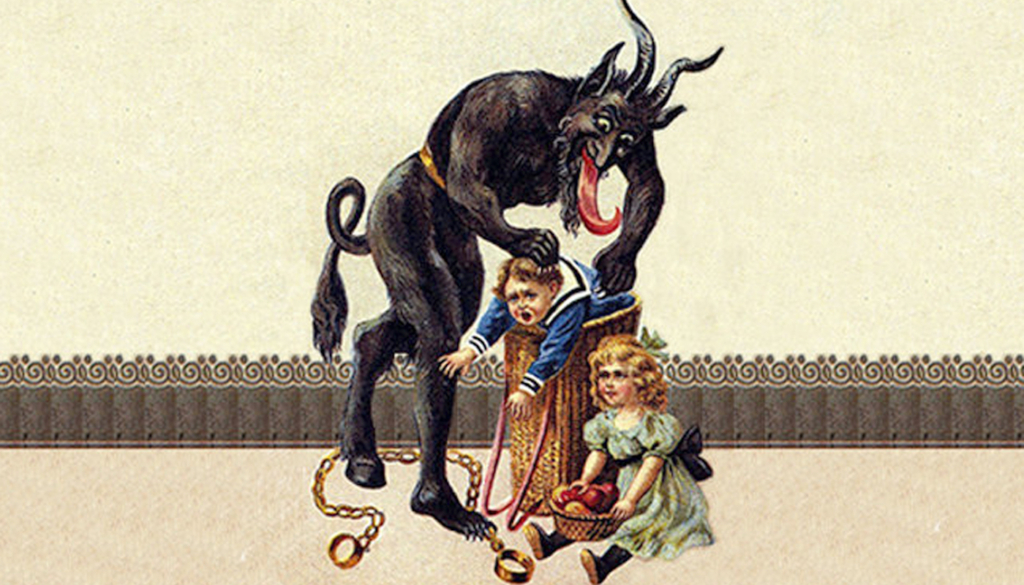D&D Monster Spotlight: Tieflings, Our Favorite Foe Turned Friend
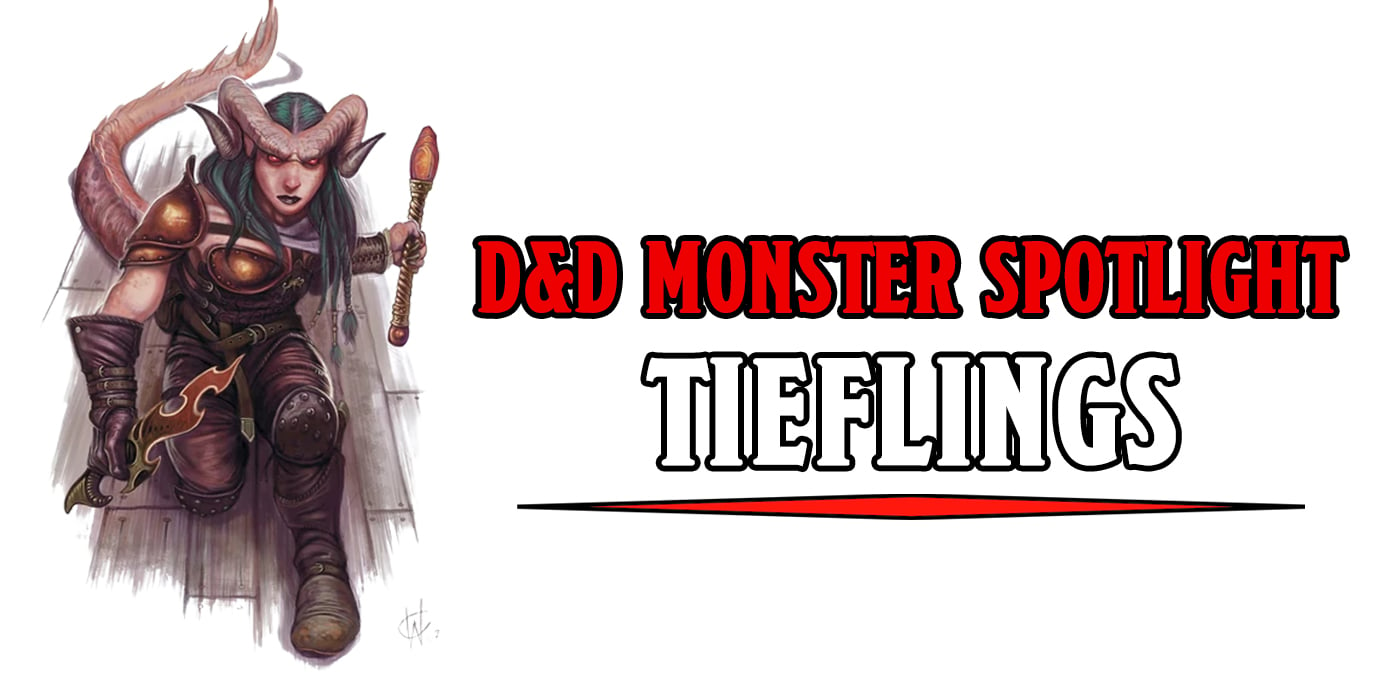

Whether from an actual play or your own campaign, everyone seems to love Tieflings these days. But they started out in the Monster Manual.
At this point, we know Tieflings are one of the most popular playable races in D&D.
Maybe you play a Tiefling yourself, or you have one in your party. You may just be a fan of one of the many Actual Play podcasts that make Tieflings look really fun and cool. Either way, just about everyone loves them a Tiefling.
But they weren’t always one of the most well-loved character options in the Players Handbook. Tieflings were a long-term resident of the various D&D monster manuals.
What were the original Tieflings like? And how did they go from there to here? Let’s discuss.
Second Edition
Second Edition Tieflings can be a little difficult to identify right away. Their appearances can vary a lot.
Some have small horns while others have pointed ears, scales, or hooves. Some just have a “wicked gleam in their eye that never leaves.” What would that last one even mean in real life? Who knows!
Their fighting style is also similar to your average adventurer. They have a wide range of classes, from berserker warriors to mages. They also have a not-particulary-high strength.
Compensating strength with finesse, magic, and poison sounds fairly human to me. But 2E Tieflings are generally disliked and persecuted by humans. This is either explained by or explains their “evil” alignment and the “wicked gleam” descriptor.
Third Edition
Tieflings in 3E have a wide variety of appearances and are often indistinguishable from humans. While trying to live within human society, they try to keep low profiles.
They’re known for taking on ‘from the shadows’ sorts of jobs such as spies, thieves, or assassins. But if you can’t tell the difference between a human and a Tiefling, you never know if they’re the local shopkeeper or inn owner.
When Tieflings rise to positions of power or prominence and their true nature becomes known they are quickly outcast.
Fourth Edition
Tieflings take a bit of a turn in 4E with an immediate lore change. Now they used to be human, but made an infernal bargain to trade humanity for a fiendish bloodline and power.
This power includes abilities like Serpent Curse and Infernal Wrath. But for the most part, their tactics include a lot of sneaking and stabbing with poisoned blades.
All in all, early version of Tieflings don’t feel like “monsters” the same way the other entries in the Monster Manual do. It’s more like they’re just lazy stereotypes and weird propaganda you’d expect to see in old cartoons.
I’m sure this is amplified by the fact that Tieflings are now playable, and popular to play members of most adventuring party. But with their questionable D&D history in mind, let’s take a look at–
Fifth Edition Tieflings
Similar to previous editions, Tieflings still share a common heritage with humans. They also look mostly human… if humans had horns, tails, sometimes came in shades of red, and had metical colored pupiless eyes.
They’re still mistrusted by many, and tend to not have societies of their own. But in turn, they often don’t trust others much, either. They’re also not evil by nature, but as varied and unique as any other group.
Now, a necessity for independence makes Tieflings lean towards a chaotic alignment. And really that’s probably just survival.
What do you think about Tieflings? Do you prefer them as Monsters or playable members of your party? Do you have a favorite Tiefling character? Let us know in the comments!
Happy Adventuring!

